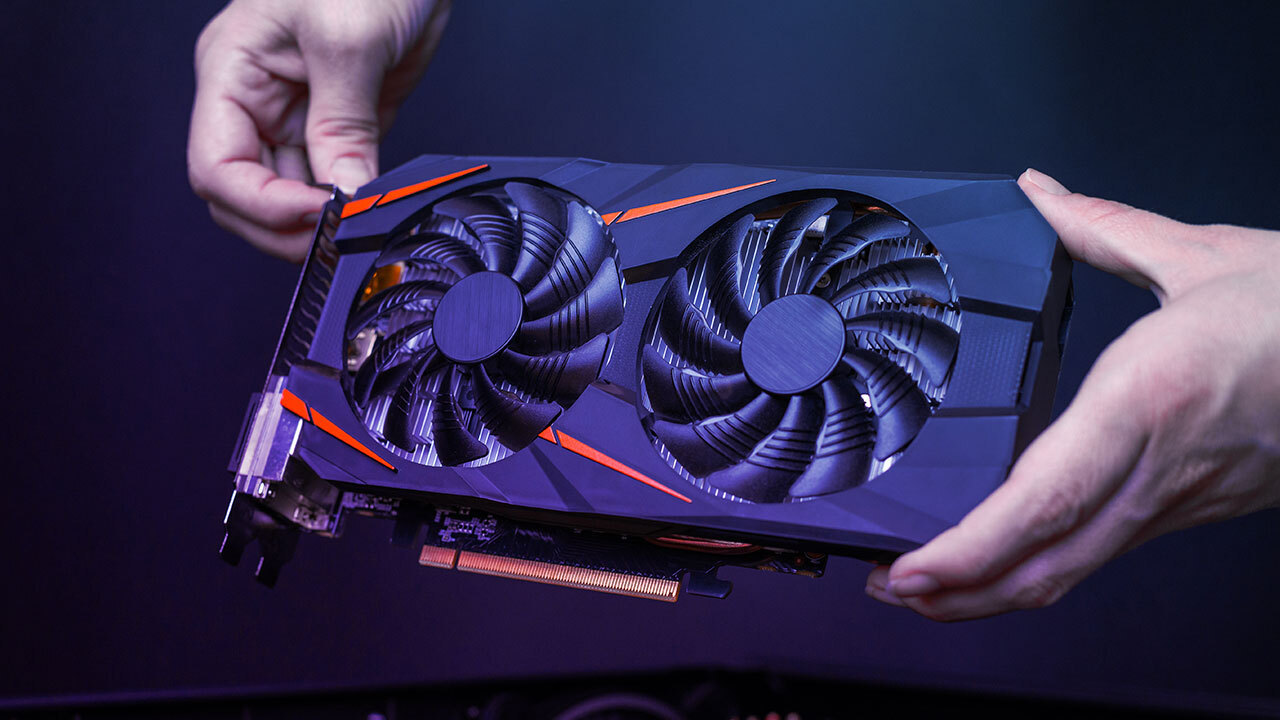GPU Price Hike: What's Driving The Cost Increase?

Table of Contents
Global Chip Shortage and Supply Chain Disruptions
The global semiconductor shortage has had a devastating impact on GPU production, significantly contributing to the GPU price hike. This shortage isn't isolated to GPUs; it affects the entire electronics industry, but the high demand for GPUs exacerbates the problem. The consequences are far-reaching:
- Reduced manufacturing capacity: Factory closures due to the pandemic and logistical bottlenecks have severely hampered production capabilities, leading to fewer GPUs being manufactured.
- Increased lead times for raw materials and components: Securing essential materials like silicon wafers, which are crucial for GPU manufacturing, has become increasingly difficult and time-consuming, further slowing down production.
- Difficulty in securing sufficient quantities of essential materials: The complex supply chain relies on a global network of suppliers, and disruptions at any point, such as port congestion or geopolitical instability, can cause significant delays and shortages.
- Increased transportation costs: The increased cost of shipping raw materials and finished products directly impacts the final price of GPUs, adding to the overall price hike.
Geopolitical factors and trade wars have further complicated the situation, creating uncertainty and instability in the global supply chain. Manufacturers like NVIDIA and AMD have openly acknowledged the challenges posed by these disruptions.
Increased Demand for GPUs
The surge in demand for GPUs is another key driver of the price hike. Several factors have contributed to this unprecedented increase:
- Gaming industry boom: The increasing popularity of gaming, fueled by advancements in game technology and the rise of esports, has created a massive demand for high-performance GPUs.
- Cryptocurrency mining: The use of GPUs for cryptocurrency mining, particularly for mining Ethereum and other cryptocurrencies that utilize GPU-based algorithms, has significantly increased demand, often outcompeting gamers and professionals.
- Artificial intelligence and machine learning: The rapid growth of AI and machine learning research and development relies heavily on GPUs for their immense parallel processing capabilities, creating another significant source of demand.
- Professional applications: Industries such as engineering, scientific computing, 3D rendering, and video editing are increasingly reliant on powerful GPUs for their demanding workloads.
The pandemic also played a role, as the shift to remote work increased demand for high-performance computing equipment, including GPUs, for both professional and personal use.
Technological Advancements and Manufacturing Costs
Technological advancements, while beneficial to performance, also increase production costs, contributing to the GPU price hike. The development of increasingly sophisticated GPUs involves:
- Development of more complex and powerful GPUs: Creating more powerful GPUs with advanced features and higher performance requires significant investment in research and development.
- Higher R&D costs associated with new architectures and features: The development of new architectures, such as Ray Tracing and DLSS, which enhance the visual fidelity and performance of games, involves substantial research and development expenses.
- Increased energy consumption and cooling requirements: More powerful GPUs consume more energy and generate more heat, necessitating more advanced and expensive cooling solutions.
- Advanced packaging and manufacturing processes: The manufacturing processes for modern GPUs are highly complex and require specialized equipment, further adding to production costs.
These advancements, while offering significant performance improvements, directly translate into higher manufacturing costs and, consequently, higher prices for consumers.
Inflation and Currency Fluctuations
Global inflation and currency fluctuations significantly impact the cost of raw materials, manufacturing, and transportation, all of which contribute to the GPU price hike.
- Rising costs of energy, labor, and transportation: Increased energy prices, higher wages, and escalating shipping costs directly impact the overall production cost of GPUs.
- Fluctuations in currency exchange rates impacting import/export costs: Changes in exchange rates between currencies affect the cost of importing and exporting components and finished products.
- The influence of global economic factors on pricing: Global economic conditions, such as supply chain disruptions and inflation, have a profound influence on the pricing of GPUs.
These macroeconomic factors create an environment where GPU manufacturers face increased costs, forcing them to adjust their pricing strategies to maintain profitability.
Scalping and Market Speculation
Scalpers and speculators play a significant role in artificially inflating GPU prices. Their activities exacerbate the challenges faced by legitimate buyers:
- Artificial scarcity created by bulk buying and reselling at inflated prices: Scalpers buy large quantities of GPUs at retail prices and resell them at significantly higher prices, creating artificial scarcity.
- The impact of online marketplaces and auction sites: Online marketplaces and auction sites provide platforms for scalpers to operate and reach a wide audience of buyers.
- The ethical implications of scalping: Scalping exploits the high demand and limited supply, driving prices up unfairly and harming consumers.
To avoid scalpers, it's crucial to buy from reputable retailers and be wary of excessively high prices on online marketplaces.
Conclusion
The GPU price hike is a complex issue resulting from a confluence of factors: the global chip shortage, increased demand from various sectors (gaming, cryptocurrency mining, AI, professional applications), technological advancements leading to higher manufacturing costs, inflation, and market speculation by scalpers. Understanding these factors is crucial for navigating the current market and making informed purchasing decisions. Stay informed about the latest developments in the GPU market to make informed purchasing decisions and avoid the pitfalls of the GPU price hike. Keep an eye out for future articles analyzing the GPU market and its price fluctuations.

Featured Posts
-
 23 Xi Racing Unveils New Partner For Bubba Wallaces Nascar Season
Apr 28, 2025
23 Xi Racing Unveils New Partner For Bubba Wallaces Nascar Season
Apr 28, 2025 -
 Ai Browser War Perplexity Ceos Strategy To Challenge Google
Apr 28, 2025
Ai Browser War Perplexity Ceos Strategy To Challenge Google
Apr 28, 2025 -
 Evaluating Espns Projection For The Red Sox 2025 Outfield
Apr 28, 2025
Evaluating Espns Projection For The Red Sox 2025 Outfield
Apr 28, 2025 -
 Why Are Gpu Prices Out Of Control Again A Deep Dive
Apr 28, 2025
Why Are Gpu Prices Out Of Control Again A Deep Dive
Apr 28, 2025 -
 Game 2 Recap Twins Edge Out Mets 6 3
Apr 28, 2025
Game 2 Recap Twins Edge Out Mets 6 3
Apr 28, 2025
